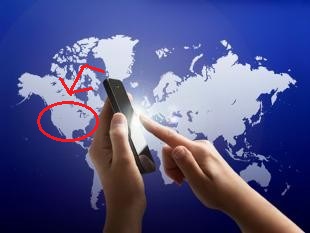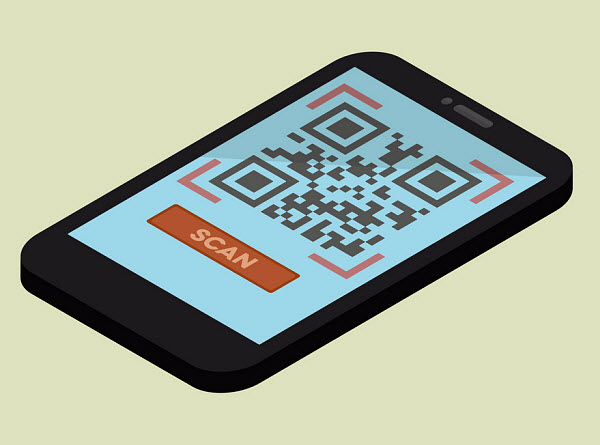Samsung Pay is set to come to the United States in the coming months
Samsung Pay, Samsung’s new mobile payments service, is expected to launch in the United States in the coming months. The service was first launched in South Korea in 2015, where Samsung has been testing the service and fine tuning its features. Samsung Pay is set to compete with other mobile payments services in the U.S., particularly those coming from Google and Apple. The company is confident, however, that the service will appeal to U.S. consumers, especially as new features are being introduced.
New mobile payments service will be available on a variety of mobile devices
Recently, Samsung announced that its mobile payments service will be available on non-flagship devices, which are not equipped with NFC technology. NFC has become the backbone of mobile commerce, allowing digital information to be transmitted over short distances. In the past, the lack of NFC-enabled mobile devices made it difficult for consumers to make mobile payments, but device makers have brought numerous devices equipped with NFC technology to the global market, expanding the reach of mobile payments.
Samsung Pay will support Magnetic Secure Transmission technology
 Samsung Pay is, of course, not a copy of other payment services. The service features support of Magnetic Secure Transmission, which is why consumers do not need NFC-enabled devices to make use of it. This technology allows Samsung Pay to work in a way similar to existing debit and credit cards. Samsung believes that this feature can be expanded to make mobile payments more convenient for consumers throughout the United States.
Samsung Pay is, of course, not a copy of other payment services. The service features support of Magnetic Secure Transmission, which is why consumers do not need NFC-enabled devices to make use of it. This technology allows Samsung Pay to work in a way similar to existing debit and credit cards. Samsung believes that this feature can be expanded to make mobile payments more convenient for consumers throughout the United States.
Security will continue to be a challenge for those involved in mobile payments
One of the challenges Samsung will have to overcome to find success in the U.S. is security. Many consumers have shown caution regarding mobile payments because of security risks, as they fear that their financial information may be exploited by malicious parties. Samsung, and other companies, have been working to address security issues, particularly through the use of biometric technology, which leverages biological information, such as a fingerprint, to secure consumer information.

 Mobile device users can scan the QRcodes with any free reader app. These scanner applications are available at virtually every app store for devices on nearly every platform. Upon scanning the barcodes, the device automatically directs the user to a URL containing the relevant information.
Mobile device users can scan the QRcodes with any free reader app. These scanner applications are available at virtually every app store for devices on nearly every platform. Upon scanning the barcodes, the device automatically directs the user to a URL containing the relevant information.